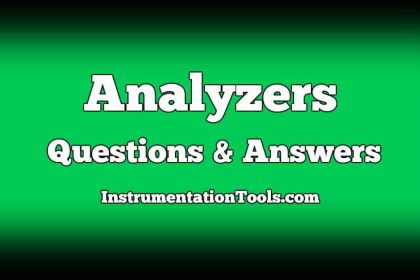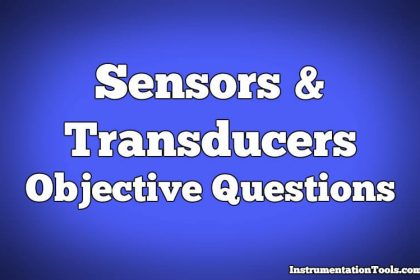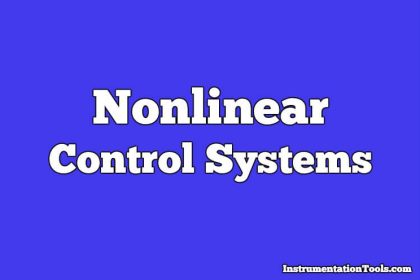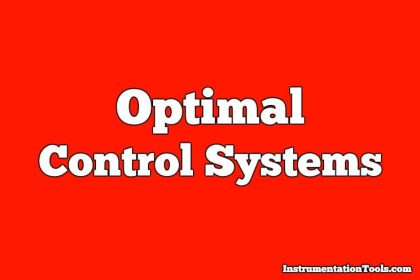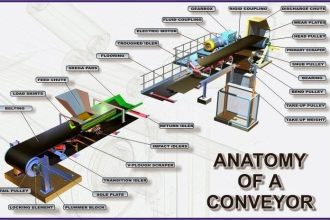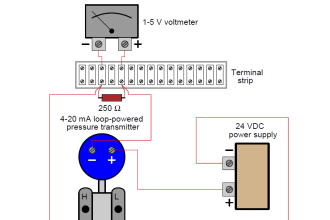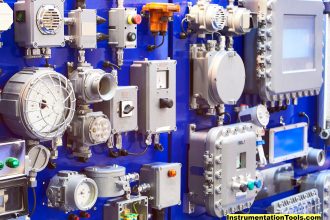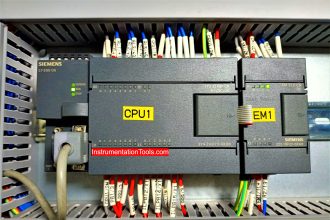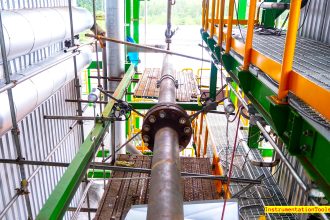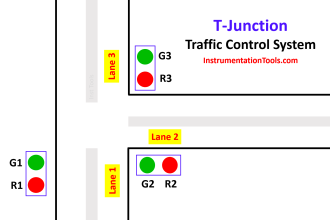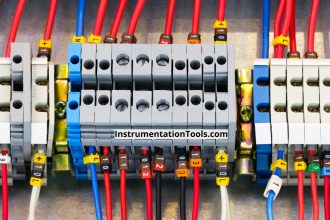Optimal Control Problems – Part 2
1. The main step for solving the optimal control problem:
a) Transfer function of system which is optimal with respect to the given performance criterion
b) Compensators for the system
c) Minimizing the quadratic function
d) All of the mentioned
Answer: d
Explanation: For solving the problem using optimal control problem various steps are required as first is to form the transfer function and then to compute the compensators and the major requirement is to minimize the quadratic function.
2. For minimizing the transfer function the condition is :
a) Second differentiation of the function must be zero
b) Second differentiation of the function must be positive
c) Second differentiation of the function must be negative
d) Second differentiation of the function must be complex
Answer: c
Explanation: In optimal control problems the main objective is to reduce the performance criterion which is used only when the second differentiation of the function must be negative.
3. For the stability in optimal control poles of the transfer function must be :
a) Located on the right half of s plane
b) Left half of s plane
c) On the s plane
d) None of the mentioned
Answer: b
Explanation: For the stability point of view the basic definition continues that the poles must be located on the left half of s plane.
4. The method of choosing compensator is the configuration must be:
a) Forward path
b) Cascade and feedback compensation
c) Feed forward configuration
d) All of the mentioned
Answer: d
Explanation: The above mentioned are the various configurations of choosing a compensator.
5. When some of the states are inaccessible, then we may set the feedback coefficients equal to zero.
a) True
b) False
Answer: a
Explanation: This is done to adjust coefficients to realize the transfer function and if it is not possible then reconstruction of signals can be done.
6. Z-transform is used in:
a) Continuous optimal control problem
b) Discrete optimal problem
c) Control systems
d) None of the mentioned
Answer: b
Explanation: Z-transform by definition can is used in discrete case only both in optimal and normal control functions.
7. For the stable system in discrete optimal control systems:
a) Poles must lie outside the unit circle
b) Poles must lie within the unit circle
c) Poles must be on the unit circle
d) Pole must be in infinity
Answer: b
Explanation: Poles in discrete system must be inside the unit circle and for causal system it must be outside the circle but no including the infinity.
8. The special case of the tracking problem with input equal to zero:
a) Free response
b) Regulator problem
c) Forced response
d) Output regulator problem
Answer: d
Explanation: For zero input output is zero if all the initial conditions are zero the response are due to non-initial conditions which are caused due to disturbances.
9. The primary objective of the output regulator problem is to damp out:
a) Initial conditions quickly
b) Reducing the effect of excessive oscillations
c) Reducing the effect of excessive overshoot
d) All of the mentioned
Answer: d
Explanation: The primary objective of the output regulator problem is to damp out the initial conditions quickly and also reduce the effect of excessive oscillations and overshoot.
10. The limitation of the transfer function approach are:
a) The spectral factorization becomes quite complex
b) It is restricted to the systems with all performance index
c) Multi input and multi output systems are not obvious
d) It is useful for time varying and linear systems
Answer: a
Explanation: The limitation of transfer function approach is that is it useful only for quadratic performance index and multi input and multi output systems are obvious and also it is ineffective for time varying and non-linear systems.

